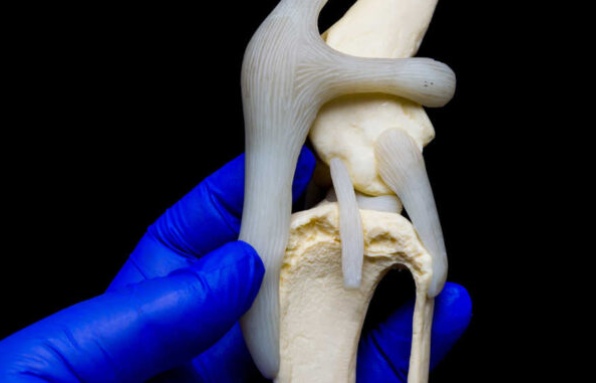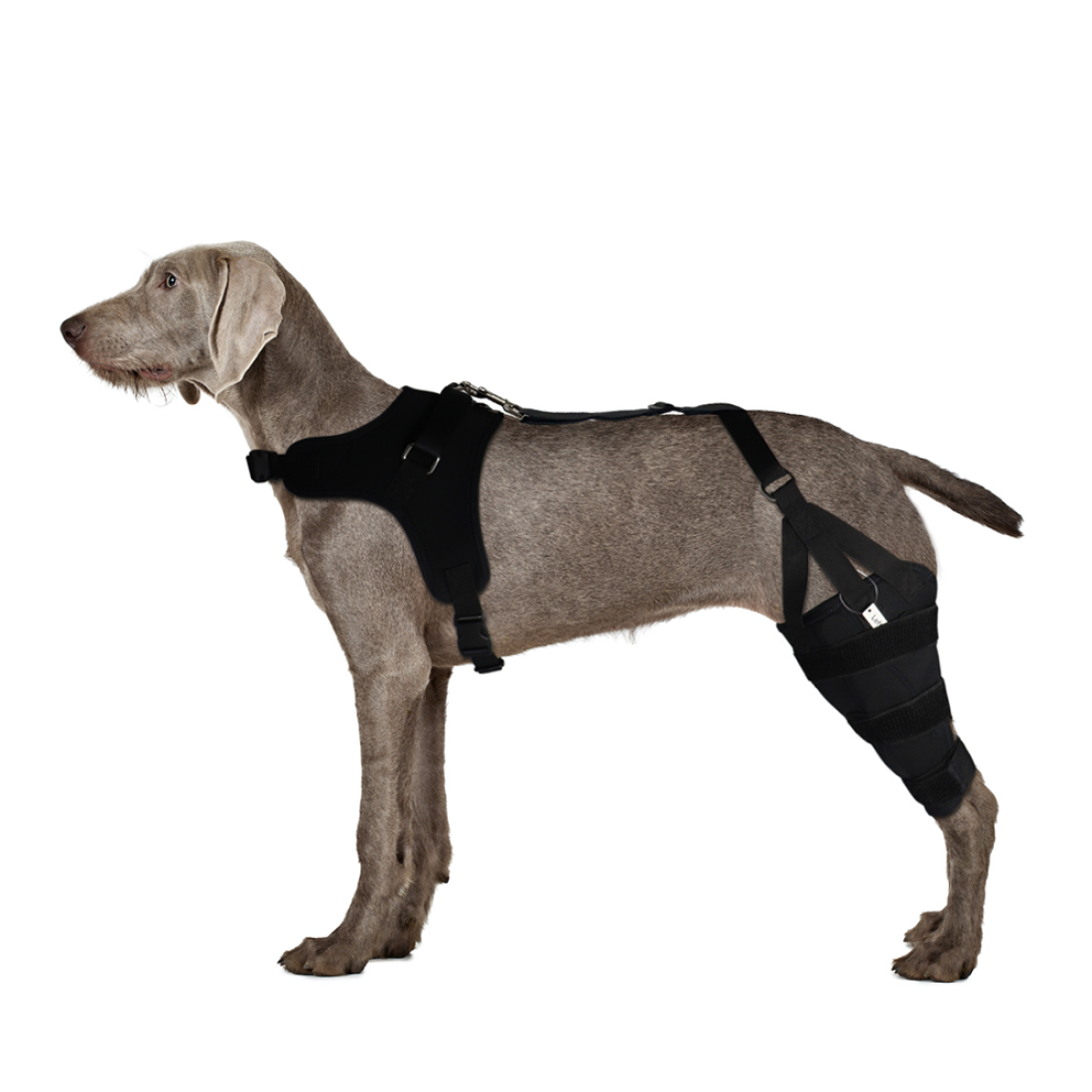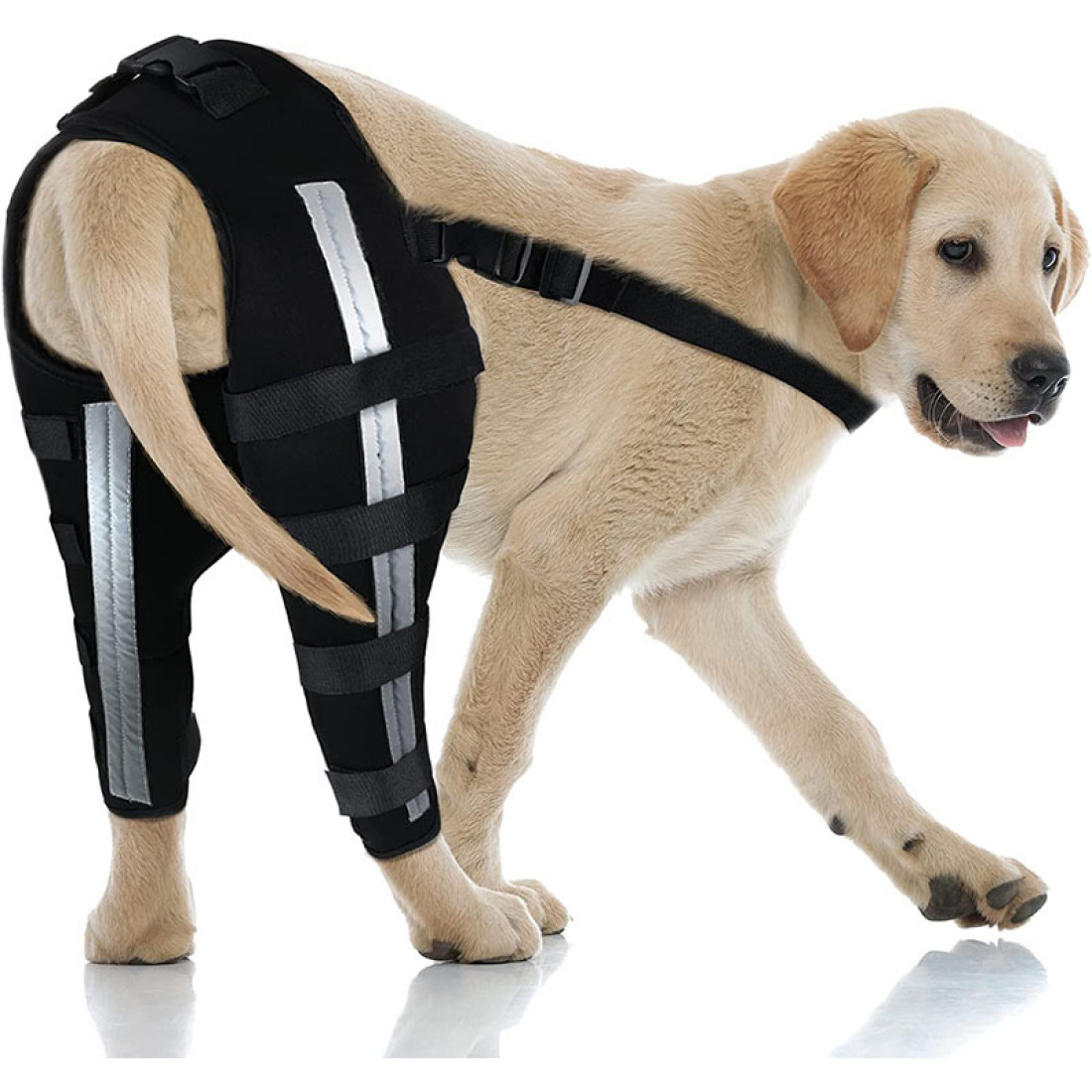The patella slides in a groove on the lower end of the femur (the bone that runs between the hip and the knee). There is a ligament called the "patella ligament" which runs from the bottom of the patella to the tibia, (the bone just below the knee joint). This ligament keeps the patella in place. The thigh muscles are attached to the top of the patella. When the thigh muscles contract, the force is passed through the patella and through the patella ligament, which results in straightening of the knee joint. The patella can luxate because the point where the patella ligament attaches to the tibia can sometimes be attached too far inward. As the thigh muscles contract, the force pulls the patella against the inner groove that it is sitting in.

How is Dog Diagnosed Luxating Patella?
A veterinarian will want to know whether the patella is luxating medially or laterally and how easily it luxates when inspecting a dog with patellar luxation. There are numerous grading systems for patellar luxation. The grade system we found to be most helpful has four levels.
Grade 1 The patella can be forced out of the groove in these circumstances, but when released, it instantly pops back into the sulcus. Normal usage of the limb does not cause this kind of luxation.
Grade 2 This appears to be the grade of patella luxation that is most prevalent. Most of the time, the patella is positioned within the groove, however it will occasionally shift out of the groove (luxate). This typically happens when exercising and may not be accompanied by overt clinical symptoms. When brushing the animal or, for example, raising the leg up to wash and dry the rear paw, it might also become obvious.
Grade 3 Under these circumstances, the patella is primarily displaced out of the groove, but it can be moved back into the groove. However, as the joint is flexed or stretched, the patella does not stay in the groove.
Grade 4 Although they are infrequent, these cases are the most serious. It is impossible to manoeuvre the patella back into the groove since it has luxated permanently. These cases often have quite pronounced bone abnormalities of the damaged limb, making them the most difficult to treat.
Dog knee brace for luxating patella could provide support for some Grade 1 and Grade 2 luxating patella.




0 Comments